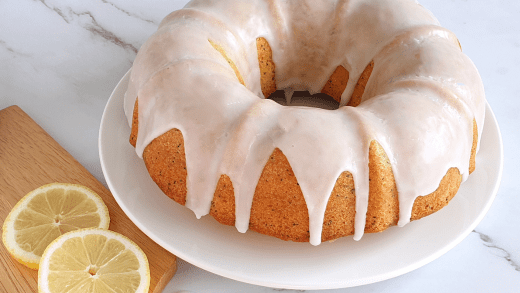Candy and costumes are synonymous with Halloween. According to the National Confectioners Association, Halloween accounts for $4.6 billion in sales of confectionary products each year,1 12.5% of total annual sales.2 The story of how candy became the star of Halloween starts with taking a look at the origins of this special holiday.
Origins
Halloween customs have been taken and modified from a few traditions that fall at the end of October and beginning of November, including the Celtic festival Samuin as well as the Catholic “All Saints’ Day,” “All Souls Day,” and “All Hallows Eve.”
The donning of costumes was originally intended to scare away the evil spirits believed to be roaming the earth on this day, and the treats distributed were sweet cakes made with a mix of seasonal spices like cinnamon and nutmeg and eaten as offerings to free souls from Purgatory. This “souling” ritual is believed to have prompted the idea for trick-or-treating as we know it today. While some of these “spooky” origins still show up in Halloween decorations, the holiday is certainly much more playful today.
Swapping Out Tricks for Treats
Due to sugar rations, there wasn’t much celebration during World War II and trick-or-treating by going door-to-door like we do today wasn’t prevalent until the late 1940s. During that time, you could have expected to receive nuts, fruit, cookies, cakes, toys, and coins in addition to candy. Post-war candy as part of trick-or-treating gained in popularity, but still Halloween was primarily a time for tricks instead of treats. Ultimately, there was an effort to transform Halloween out of mischief which gave rise to more costume contests, celebrations, parades, and of course, treats.
The rise of wrapped treats came mostly out of fear that homemade treats may be poisoned or tampered with. (While there aren’t actually many instances of kids being poisoned by Halloween treats, concerns remained.) Candy was seen as easy and low-cost and thus caught on as a popular item for trick-or-treaters. By the 1970s, wrapped candy took over as the predominant item passed out on Halloween.
The “fun-size” candy bar concept came in the early 1930s from the Curtiss Candy Company who made Baby Ruths and Butterfingers. They began with the “Buddie” and “Junior” sizes. Hershey’s Miniatures came out not long after that and Mars didn’t introduce junior-sized candy bars until the 1960s. It wasn’t until the late 1960s that the “fun-size” forms of candy were targeted toward Halloween.
FUN FACT: You can squeeze about 250 pieces of candy into an average Jack-o’-lantern-shaped bucket.
It goes without saying that this holiday wouldn’t be as sweet without the real sugar that plays an important role in all our favorite candy, but we’ll say it anyway: What would Halloween be without real sugar?
- National Confectioners Association’s State of Treating report, 2020 https://candyusa.com/news/infographic-halloween-2020-by-the-numbers/
- 2020 total confectionery sales = $36.7 billion




Get Social with #MoreToSugar